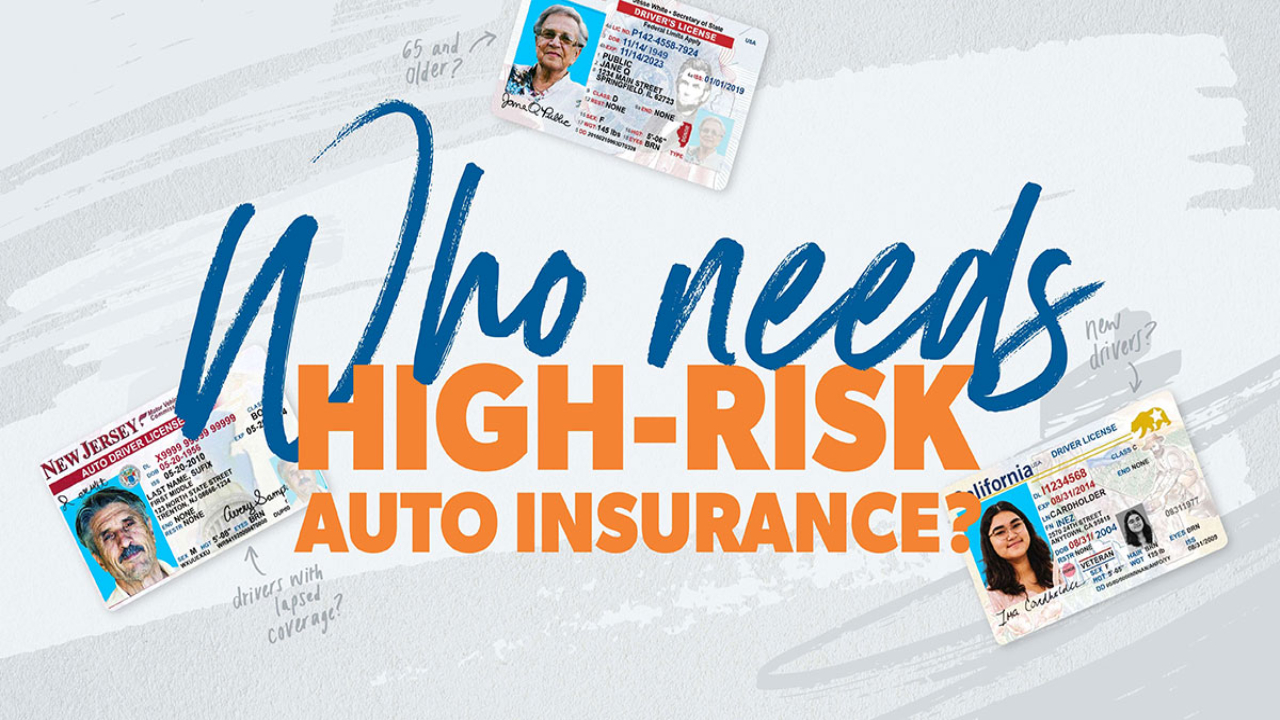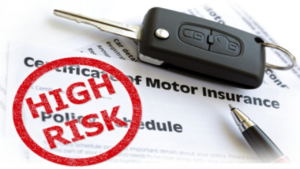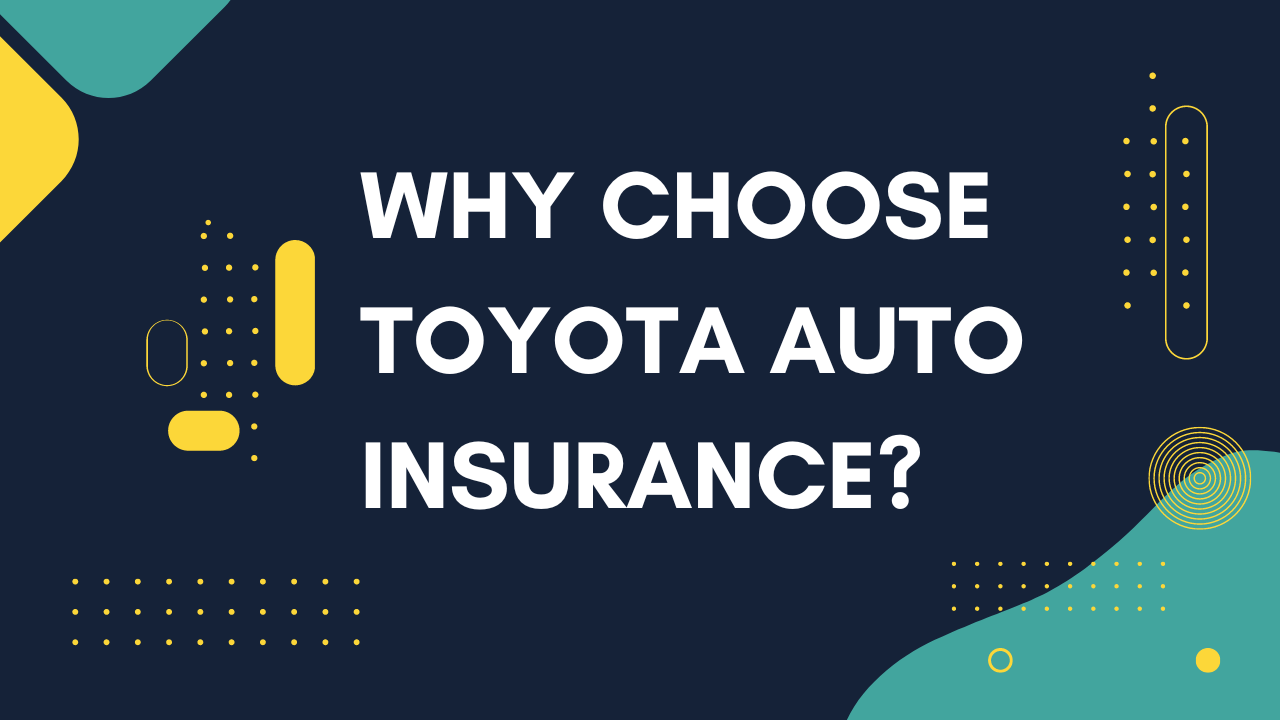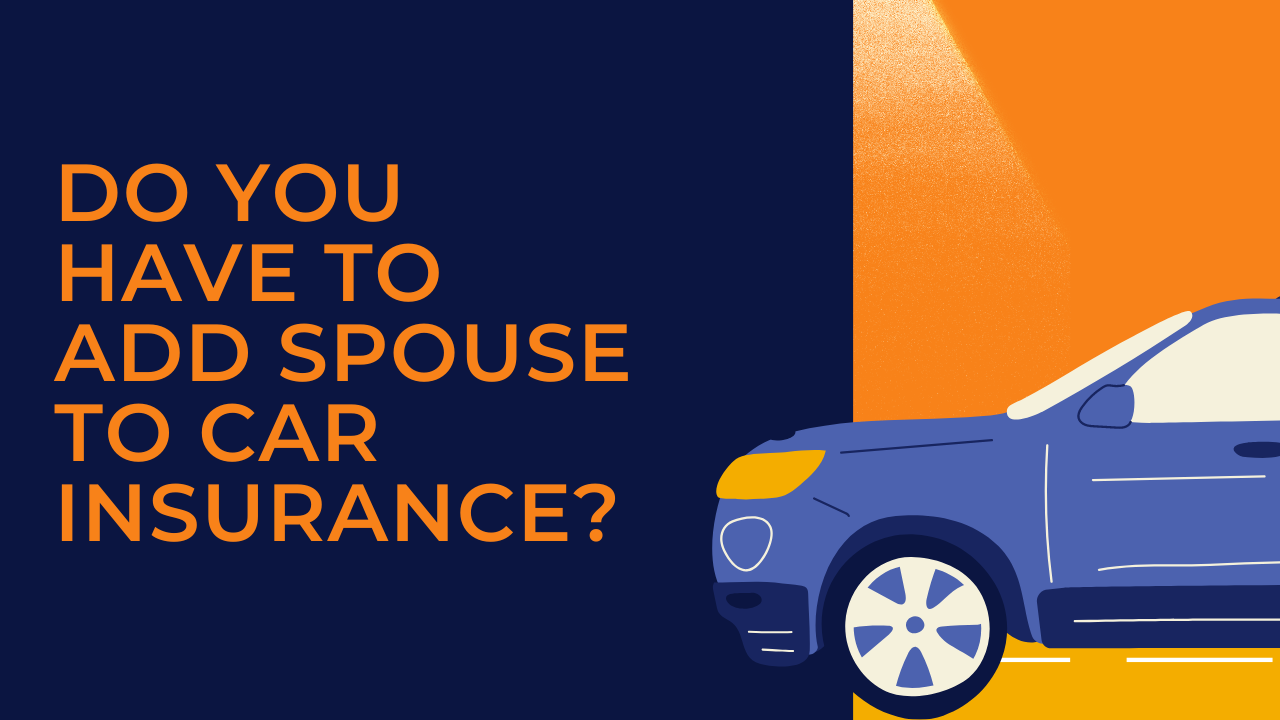High Risk Insurance in Auto Insurance: One specific market stands out in the vast field of vehicle insurance: high-risk auto insurance. It might be difficult for drivers who are classified as high-risk to secure appropriate coverage. This article explores the reasons that lead to the designation of high-risk vehicle insurance, goes into great detail about it, and provides detailed techniques for obtaining the best possible coverage.
What is High Risk Auto Insurance?
A specific type of vehicle insurance called “high-risk” is made to accommodate drivers who are deemed more dangerous to cover. There are a number of reasons for this categorization, all of which raise red flags for insurance companies:
- Driving History: Drivers that pose a high danger to safety may have a history of many collisions, at-fault occurrences, or a record tainted by moving infractions such as speeding tickets and reckless driving charges. A conviction for Driving Under the Influence (DUI) is an especially serious signal that raises the perceived risk considerably.
- Lack of Driving Experience: Due to the dearth of information on their driving behaviors, young or inexperienced drivers may be classified as high-risk.
- Poor Credit Score: Since some insurers view a poor credit score as a sign of financial instability, they may link it to a higher chance of making claims. Drivers with bad credit may thus fall into the high-risk group.
- Driving a High-Risk Vehicle: An individual’s risk profile may also be influenced by the kind of vehicle they operate. For example, sports cars or high-performance automobiles are frequently linked to an increased chance of collisions or significant damage, which may classify the driver as high-risk.
- Geographical Location: A driver’s risk profile may be influenced by their place of residence. Insurance rates may be higher in high-crime or naturally disaster-prone locations.
Strategies for Securing High Risk Auto Insurance:
Although rates for high-risk drivers are greater than for low-risk drivers, there are proactive tactics that can reduce expenses and obtain the right coverage:
- Shop Around: Different risk assessment models are used by different insurance companies. Through comparing quotes from several insurance providers, high-risk drivers can find more economical solutions catered to their particular needs. To get the greatest value for their insurance needs, it is essential to compare prices and possibilities.
- Driver Improvement Programs: Completing defensive driving or driver improvement courses shows a dedication to safe driving practices in addition to improving driving abilities. Discounts are frequently provided by insurance firms to people who voluntarily take part in these initiatives. These online or in-person courses give drivers important knowledge about safe driving techniques.
- Maintain a Clean Record: One of the most important factors in assessing risk is a driver’s past. Lower rates might eventually result from keeping a spotless driving record via avoidance of collisions and moving infractions. Even high-risk drivers might gain from making good changes to their driving behaviors, since insurance companies frequently promote safe driving practices.
- Consider Higher Deductibles: Monthly rates might be reduced by choosing a greater deductible. Although this method transfers part of the financial burden to the policyholder in the case of a claim, high-risk drivers on a tight budget may find it to be a cost-effective tactic. Drivers must evaluate their financial status in order to choose a deductible that balances out-of-pocket expenses with possible premium savings.
- Bundle Policies: You may frequently get a better deal on vehicle insurance by bundling it with additional policies, such renters’ or homeowners’ insurance. This tactic helps policyholders save money while also streamlining the insurance administration process. Customers who opt to bundle their policies are frequently rewarded by insurance providers, which value their loyalty.
- Monitor and Improve Credit Score: When setting premiums, insurance firms usually take credit ratings into account. Drivers who pose a higher danger to themselves can monitor and raise their credit score, which may eventually result in cheaper insurance premiums. This include making on-time bill payments, settling outstanding debts, and correcting any errors on their credit reports.
- Explore Specialized High-Risk Insurers: High-risk drivers are the focus of several insurance companies. These firms recognize the particular difficulties encountered by high-risk customers and may provide more specialized coverage alternatives, even if premiums may still be higher than typical. Because they frequently have a deeper comprehension of the particular elements that contribute to a driver’s risk profile, high-risk insurers are able to provide more individualized and perhaps cost-effective coverage.
- Be Transparent with Insurers: It’s crucial to be in constant contact with insurance companies. High-risk drivers must disclose complete and accurate information about their vehicle, driving record, and any other pertinent information. In addition to fostering trust, transparency may lead to more accurate risk assessments, which might help avoid any surprises or inconsistencies when it comes time to submit a claim.
Conclusion:
The world of high-risk vehicle insurance demands a proactive, knowledgeable approach to be navigated. Drivers may improve their chances of obtaining reasonably priced and all-inclusive coverage by comprehending the elements that contribute to the high-risk designation and putting strategic steps into place. Even if it might be difficult to get lower insurance costs, making the long-term investment in responsible spending, safe driving habits, and well-informed decision-making can pay off.
High-risk drivers may take charge of their insurance future and move toward a safer and more affordable driving future as they set out on this trip. High-risk drivers may make educated decisions, manage the intricacies of the insurance market, and gradually lower their risk profile by applying the techniques discussed in this article. The chances for high-risk drivers to obtain the coverage they require to drive with assurance and financial peace of mind may change along with the auto insurance market.
Frequently Asked Question (FAQ’s)
What is High Risk in Insurance?
If you have any of the following, certain insurers could view you as having a high risk of being in a vehicle accident: Accidents on your motor vehicle report, whether at fault or not. traffic infractions, such as DWIs or DUIs. several thorough assertions. insufficient driving experience.
What is the meaning of Risk in Auto Insurance?
An insured motorist will pay extra for vehicle insurance coverage if they have a history of moving infractions or accidents, for example, because the insurer will consider them to be a greater risk. When setting rates, insurance firms also consider the seriousness of the risk, should it materialize.
How many types of Risk are there in Insurance?
Classifications of Insurance Risk
Three categories of risks exist: financial, non-financial, and both. Absolute and Conjectural. Essential and specific.




